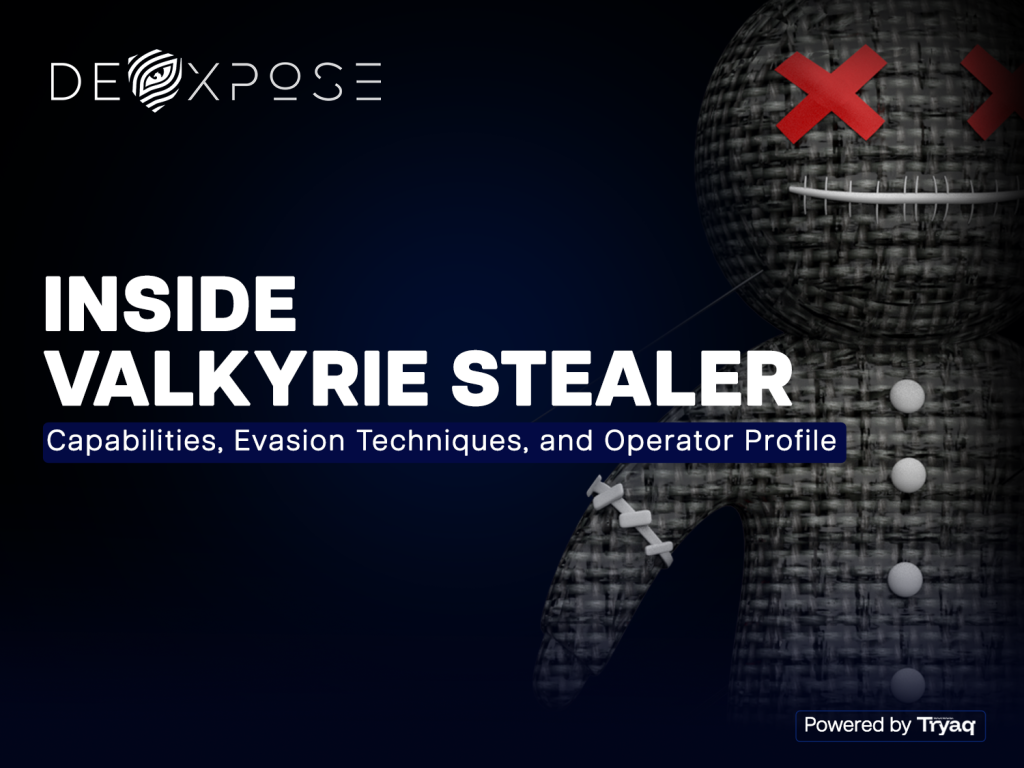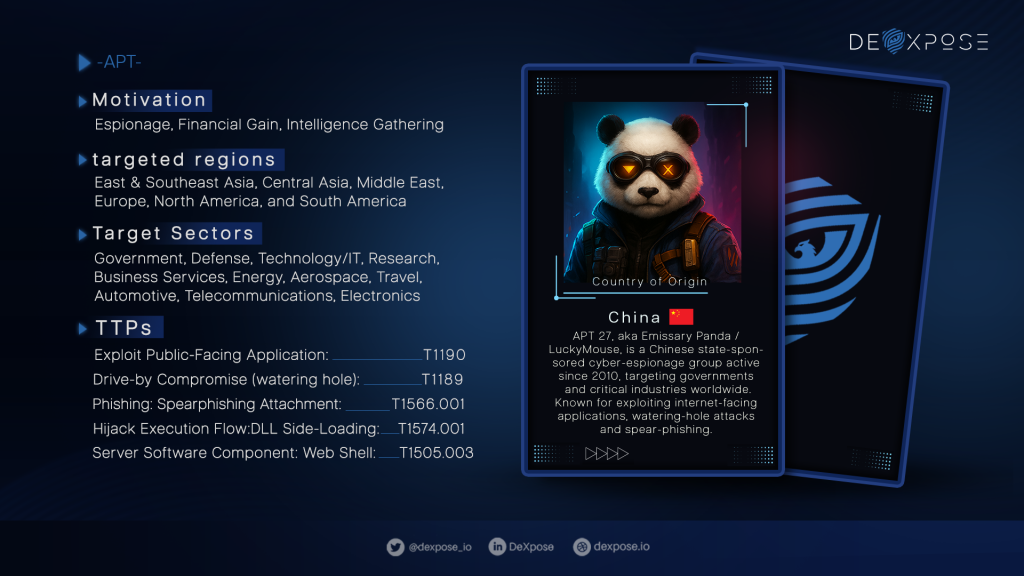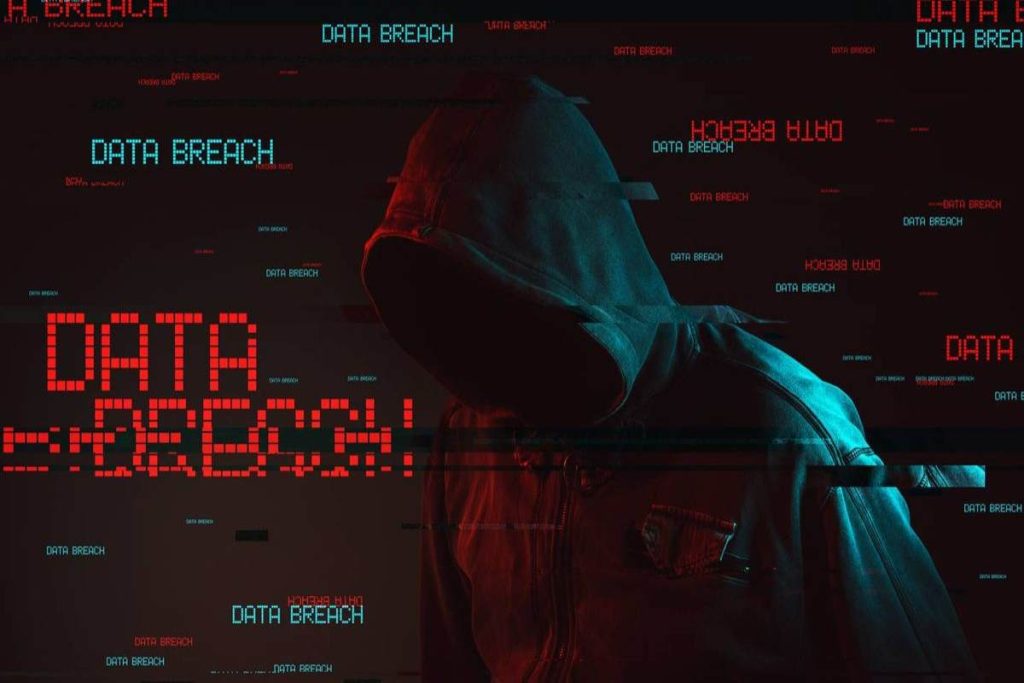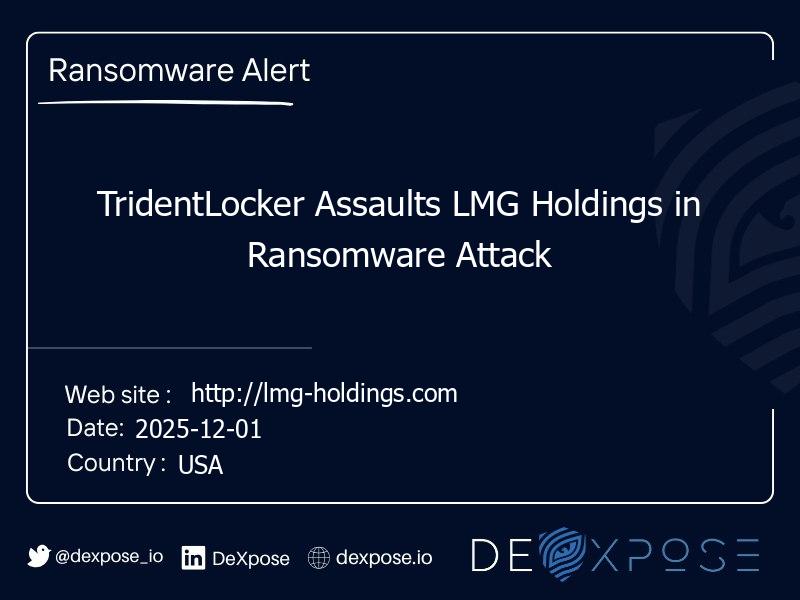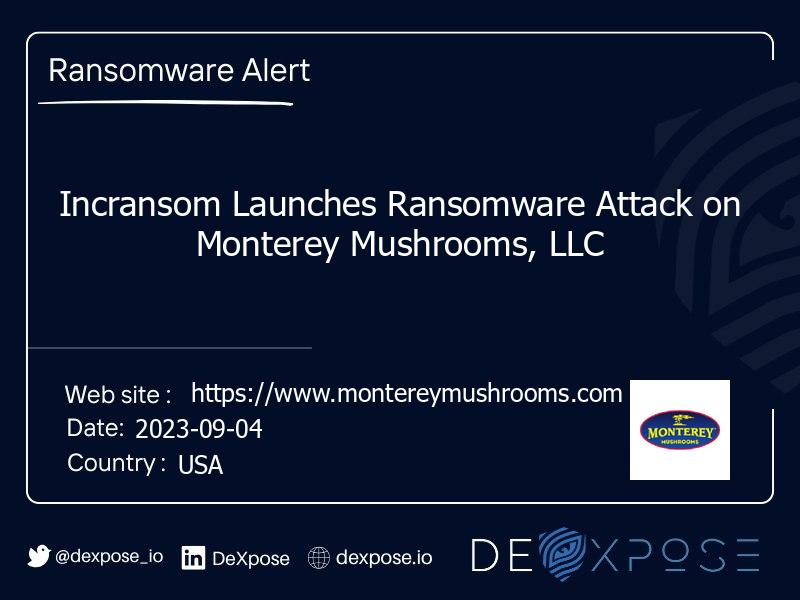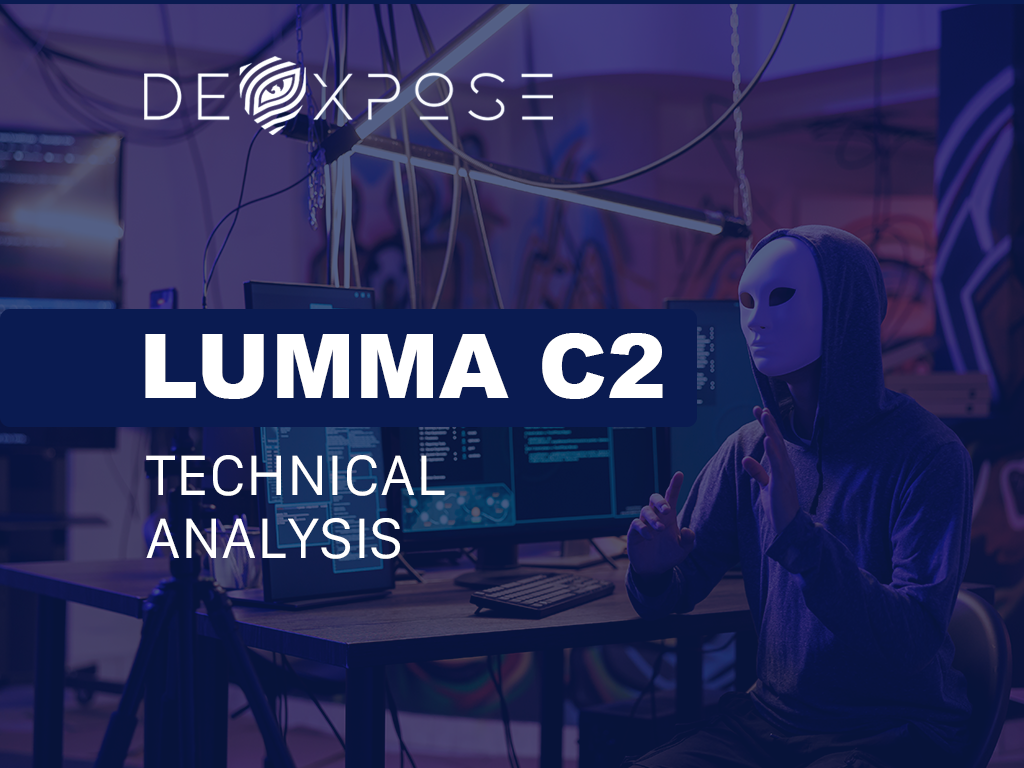In modern enterprise environments, proactive detection is the difference between a contained incident and a headline-making catastrophe. Effective Oracle breach detection begins with understanding common application weaknesses, including the OWASP top 10 vulnerability categories, and then building instrumentation and alerts that identify attackers before they transition from reconnaissance to exfiltration. This post provides a practical, expert-driven roadmap for Cyber Threat Management, covering how to design detection for Oracle-based systems, what telemetry to collect, the alerts that truly matter, and how to combine enrichment (such as dark-web signals) with rapid playbooks to enable your teams to respond faster and smarter.
Why focused Oracle breach detection is essential
Oracle databases and Oracle-hosted applications often hold an organization’s crown-jewel data: customer PII, financial records, intellectual property, and service credentials. An Oracle data breach can therefore trigger regulatory fines, client churn, and lasting reputational harm. Detection matters because prevention is never perfect vulnerabilities are found, credentials leak, and misconfigurations persist. A detection program built around the right telemetry and alert logic ensures you catch attackers early and limit damage.
High level goals for your detection program
- Detect unauthorized access and suspicious queries quickly.
- Prioritize signals tied to high-value data and privileged accounts.
- Automate containment for high-confidence incidents.
- Feed findings back to development to eliminate root causes.
Use the OWASP framework to focus detection
Aligning runtime detection to the OWASP Top 10 vulnerability taxonomy helps teams shorten triage cycles and apply proven mitigations. Each OWASP category points to concrete telemetry that, when monitored, reveals attacks earlier:
- Injection & Query Abuse: Watch for parameterized query bypass attempts, unexpected escape sequences, and spikes in SQL errors.
- Broken Authentication & Session Management: Monitor failed login storms, token reuse, and session creation patterns to identify potential security risks.
- Broken Access Control: Detect privilege escalation, cross-tenant access, or role changes outside change windows.
- Sensitive Data Exposure: Alert on cleartext data exports and abnormal bulk reads of sensitive columns.
Using the OWASP map drives three outcomes better instrumentation decisions, higher-fidelity detection rules, and more actionable alerts for responders.
Core telemetry you must collect
A reliable Oracle breach detection program is data-driven. Prioritize collecting the following telemetry:
- Database audit logs (DDL, DML, login events, failed logins) reveal suspicious schema changes and data access.
- Application access logs (API calls, user IDs, request parameters) help connect web-layer activity to DB queries.
- Identity provider events (token issuance, MFA failures, privileged role modifications) expose account compromise.
- Network flows (east-west traffic patterns, unusual egress) detect extensive data pulls and lateral movement.
- File access/backup logs spot unexpected snapshots or bulk exports.
Enrich these streams with asset tags (including data sensitivity and business owner) and threat feeds for improved prioritization.
Detection patterns that work for Oracle estates
Below are battle-tested detection patterns you can implement in your SIEM, EDR, or monitoring platform.
High-value, high confidence alerts
- Privileged account login from atypical geography: High signal when a privileged DB admin account logs in from an unusual region.
- Large, repeated SELECTs of sensitive columns: Flag if a service account suddenly requests many rows containing PII.
- Schema changes during off-hours: Unexpected DDL at 02:00 should always be verified.
- Token replay or session reuse: Detect the same token used concurrently from different IPs.
Behavior based detection
Combine rule-based detections with baselining unusual hours, query rates per minute, or deviations in query complexity often reveal stealthy exfiltration.
How to enrich alerts so responders act faster
Raw alerts create fatigue. Enrichment converts noisy signals into prioritized tasks.
- Attach data sensitivity labels to any alert that touches customer or financial data.
- Add identity context: role, last password change, and whether MFA is enabled.
- Integrate Real-Time Threat Intelligence to know if an IP or domain in an alert is linked to active campaigns.
- Feed in Dark web credential monitoring hits to surface alerts where leaked credentials match corporate accounts.
This context helps your team decide whether to auto-contain, investigate further, or monitor for a more extended period.
Practical architecture Collect → Enrich → Detect → Respond

- Collect telemetry from DB, app, network, and identity sources.
- Normalize & enrich events with asset, identity, and threat context.
- Detect using layered rules: signatures + behavior analytics + correlation to OWASP categories.
- Respond with automated containment plus playbook-triggered human investigation and forensic capture.
This loop ensures continuous improvement every incident yields telemetry and fixes that reduce future noise and risk.
Detection techniques at a glance
| Technique | Strength | Typical use case | Best for |
|---|---|---|---|
| Signature rules | Precise, explainable | Known exploit signatures or repeated bad IPs | Fast containment of known attacks |
| Behavior analytics | Finds unknown attacks | Slow exfiltration, account takeover | Detects novel patterns over time |
| Threat intelligence enrichment | Prioritizes risk | Alert triage where external context exists | Triage and escalation decisions |
| Dark web scan service | Early leakage detection | Leaked credentials tied to corporate domain | Preventative account actions |
| Email breach checker | User-level exposure signal | Corporate email lists in breaches | Prompt user resets & MFA enforcement |
Alerts you should implement immediately
- Enforce and alert on multi-region privileged logins for admin accounts.
- Watch for bulk SELECTs of sensitive columns by non-analytic service accounts.
- Trigger action on dark-web credential hits tied to corporate emails.
- Alert on sudden schema changes and unauthorized backup exports.
automating containment without causing outages
Automated response must be safe and reversible. Example automated playbook for a high-fidelity credential compromise:
- Trigger: Dark web hit + successful privileged login from new IP.
- Automated actions: Revoke session tokens, force password reset, enforce MFA re-registration, throttle traffic from origin IP.
- Human follow-up: Forensics snapshot of DB, audit logs export, and root cause analysis with dev teams.
Automation saves you minutes and sometimes hours of containment, significantly reducing the risk of exfiltration.
Prioritization matrix how to reduce alert fatigue
Use a simple scoring model to rank alerts and protect your data signal (threat intel hit, leaked credential) × asset value (sensitivity tags) × actor type (privileged vs normal user). A higher score triggers an automated response, followed by immediate human review.
Hardening to prevent an Oracle data breach
Prevention and detection are complementary. Key prevention steps:
- Enforce least privilege for all DB and service accounts.
- Implement parameterized queries and input validation to mitigate injection vectors linked to the OWASP Top 10 vulnerability list.
- Use phishing-resistant MFA for admin consoles.
- Rotate service credentials and keys frequently, and segregate duties for DB admin tasks.
Prevention reduces the volume of dangerous alerts; detection ensures you spot what slips through.
Integrating security testing into the development lifecycle
Shift security left by integrating static and dynamic testing into CI/CD:
- Add SAST scans that flag OWASP-class issues before merge.
- Run automated dependency checks and secrets scanning in builds.
- Feed runtime findings back into bug trackers so developers patch the root cause — not just the symptom.
A closed-loop model reduces recurrence and improves the signal-to-noise ratio for security teams.
Using credential-focused services to get ahead of attackers
Credential leakage is among the most common preconditions to a successful attack. Consider these controls:
- Compromised Credentials Monitoring: Continuously check whether corporate accounts or service credentials appear in leaks.
- Dark web credential monitoring: Subscribe to feeds that identify leaked credentials so you can act preemptively.
- Email Breach Checker: Utilize an email check tool to notify users associated with leaks and initiate reset campaigns.
Each control reduces the window of opportunity for attackers to reuse exposed credentials successfully.
Scenario Fast containment of a simulated attack
- Detection: Behavior analytics detect an unusual rate of SELECTs on a customer table.
- Enrichment: The threat feed indicates a known attacker IP involved in previous campaigns.
- Containment: An automated rule suspends the service account and revokes sessions; a database snapshot is taken for forensic analysis.
- Remediation: Devs patch insecure stored procedures; access is re-scoped and rotated.
A coordinated detection + response flow like this turns a potentially catastrophic exfiltration into a manageable incident.
How to tune alerts and avoid noisy thresholds
- Start with high-confidence detections, such as privileged accounts, dark-web hits, and Insider Threat Monitoring alerts, then gradually add lower-fidelity signals.
- Use historical baseline windows to set thresholds (e.g., queries per minute during business hours vs off-hours).
- Group low-fidelity signals by correlation (same IP, same user, same data target) before alerting humans.
A conservative rollout reduces initial noise and builds trust in automated actions.
Example alert severity and response mapping
| Severity | Typical trigger | Automated action | Human action |
|---|---|---|---|
| Critical | Privileged session from leaked credential | Revoke session, force password reset | Forensic snapshot + regulator notification if data impacted |
| High | Large unusual export of sensitive data | Throttle exports, quarantine account | Deep-dive investigation |
| Medium | Repeated failed logins from unknown IPs | Increase monitoring, block IP if persistent | User outreach and MFA check |
| Low | Minor schema access by analytics role | Log and track | Review during weekly security triage |
People and process: building a detection-ready organization
Detection technology is only as effective as the people using it. Key roles:
- Detection engineers design and tune rules.
- Incident responders run playbooks and coordinate containment.
- Developers identify and fix root causes, removing vulnerable code paths associated with OWASP risks.
- Security leadership maintains priorities, budgets, and regulatory reporting readiness.
Regular tabletop exercises and runbooks, powered by Dexpose, keep the team sharp and reduce human error under pressure.
Measuring success the right KPIs
Track metrics that meaningfully show risk reduction:
- Mean Time to Detect (MTTD): Time from compromise to detection.
- Mean Time to Contain (MTTC): Time from detection to containment.
- Actual Positive Rate: Share of alerts that require action.
- Number of leaked credentials detected and mitigated via credential-monitoring services.
Use these KPIs to justify investment and iterate on controls.
Common mistakes to avoid
- Treating detection as set and forget rules must be tuned.
- Relying solely on prevention assumes that some attacks will succeed.
- Ignoring enrichment: alerts without context are hard to prioritize.
- Permissive roles and long-lived credentials make containment pain points.
Correct these issues to improve detection efficacy dramatically.
Quick-start 30/60/90 day plan

30 days: Enable DB auditing, forward logs to SIEM, and implement a handful of high-fidelity rules for privileged accounts.
60 days: Integrate Compromised Credentials Monitoring and a Dark Web scan service; automate token revocation for critical alerts.
90 days: Add behavior analytics, tune thresholds, and run complete tabletop incident exercises.
This phased approach strikes a balance between speed and reliability.
Final checklist: what to deploy first
- Enable comprehensive auditing on Oracle instances.
- Forward logs to centralized analytics and SIEM.
- Subscribe to at least one Dark Web scan service and wire the results into your alerting system.
- Implement Real-Time Threat Detection rules for privileged activity.
- Add an Email breach checker or similar to detect user-level exposures.
Closing thoughts
Protecting Oracle estates requires more than rules and tools it requires a strategic blend of telemetry, enrichment, automation, and human expertise. By mapping detection to the OWASP Top 10 vulnerability categories, enriching events with threat signals (including Compromised Credentials Monitoring and Dark Web Credential Monitoring), and automating safe containment, organizations convert raw logs into decisive action. Prioritize high-value telemetry, tune alerts to reduce noise, and practice your playbooks — the result is a detection program that prevents minor issues from becoming catastrophic Oracle data breach incidents.
Frequently Asked Questions
1. How soon should I detect an Oracle data breach to limit damage?
Aim to detect high-confidence breaches within minutes to a few hours. Faster detection shortens attacker dwell time and reduces data loss and regulatory exposure.
2. How does OWASP Top 10 drive detection priorities?
OWASP helps you map common application-layer weaknesses to concrete telemetry and alert logic, enabling you to monitor the areas where attackers exploit most often.
3. Should I buy dark web monitoring services?
Yes dark web credential monitoring provides early warnings about leaked credentials tied to your domain and enables proactive resets and MFA enforcement.
4. What’s the simplest high-value alert to implement first?
Privileged account logins from new geographies or devices: high signal and immediate containment value.
5. Can I automate containment safely?
Yes automate reversible actions (session revocation, throttling) for high-confidence detections, and always pair automation with human review for complex cases.

